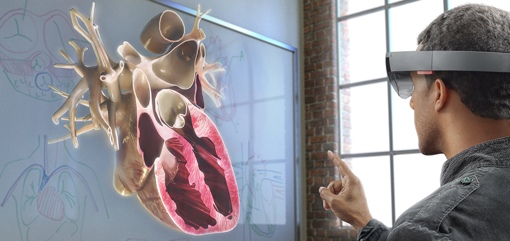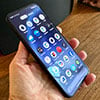 This week at Microsoft’s annual Build developers conference in San Francisco, the company is unveiling a number of new features in its coming Windows 10 operating system. Among the newly revealed details: Windows phones will soon be able to run both Android and iOS apps, the completely redesigned Windows Explorer will now be known as Microsoft Edge and just exactly what the company expects to do with its new HoloLens “mixed reality” VR platform.
This week at Microsoft’s annual Build developers conference in San Francisco, the company is unveiling a number of new features in its coming Windows 10 operating system. Among the newly revealed details: Windows phones will soon be able to run both Android and iOS apps, the completely redesigned Windows Explorer will now be known as Microsoft Edge and just exactly what the company expects to do with its new HoloLens “mixed reality” VR platform.
First, let’s discuss Windows 10, the new operating system Microsoft will be provided for free to all Windows 7 and Windows 8 computer owners. After all, the company has big plans for it – Microsoft estimates that Windows 10 will be installed on 1 billion devices within the next two or three years. That’s a big statement given the rocky reception that Windows 8 received, but some of the early news about Windows 10 has given us hope that the company has finally fixed many of the flaws in its operating system.
A big part of the new Windows 10 is Microsoft Edge, the company’s replacement for Internet Explorer. It’s designed to be light on your processor, but still full of useful features like built-in note taking and sharing. You can mark up a webpage with a stylus, highlighting important sections before you share it with a friend. Edge is integrated with Cortana, too, so you can do the bulk of your navigation by voice if you choose to. And even if you prefer to type, Edge has a pretty good auto-complete feature baked in – start typing weather, and you’ll see the local forecast pop right up.
You can check out Microsoft Edge in action in the short promotional video below.
Big news for Windows tablets – Microsoft is finally offering a compelling reason to give the platform a try. The company has announced that both iOS and Android apps will soon be compatible with Windows 10. The only catch here is that Windows 10 won’t be able to run these apps automatically – app makers will need to use Microsoft’s new conversion software to create Windows versions. Hopefully the process truly does wind up being simple enough for most developers to follow through in porting their apps. Microsoft is also trying to make it easy for developers to make Windows 10-friendly edits to apps, like allowing them access to the live tile system.
Finally, Microsoft showed off its HoloLens virtual reality (VR) technology. It’s widely believed that VR is the next big thing – Samsung has already released its Gear VR head-mounted unit and Facebook now has VR support built in. Microsoft’s version of VR has a built-in gyroscope, accelerometer and magnetometer, along with head-tracking cameras, to accurately chart your positioning and viewing angles in virtual worlds. It also has binaural audio, which adds a 3D component to sounds. There aren’t a whole lot of VR applications available to the public yet, but many are on the way. Come on – how sweet would it be for your kids to play Minecraft in a 3D virtual world? (And how cool would it be playing it yourself once the kids go to bed?
If you want more information about this week’s Microsoft Build developers conference, visit its landing page on the Microsoft website.
[Image credit: Microsoft]
















